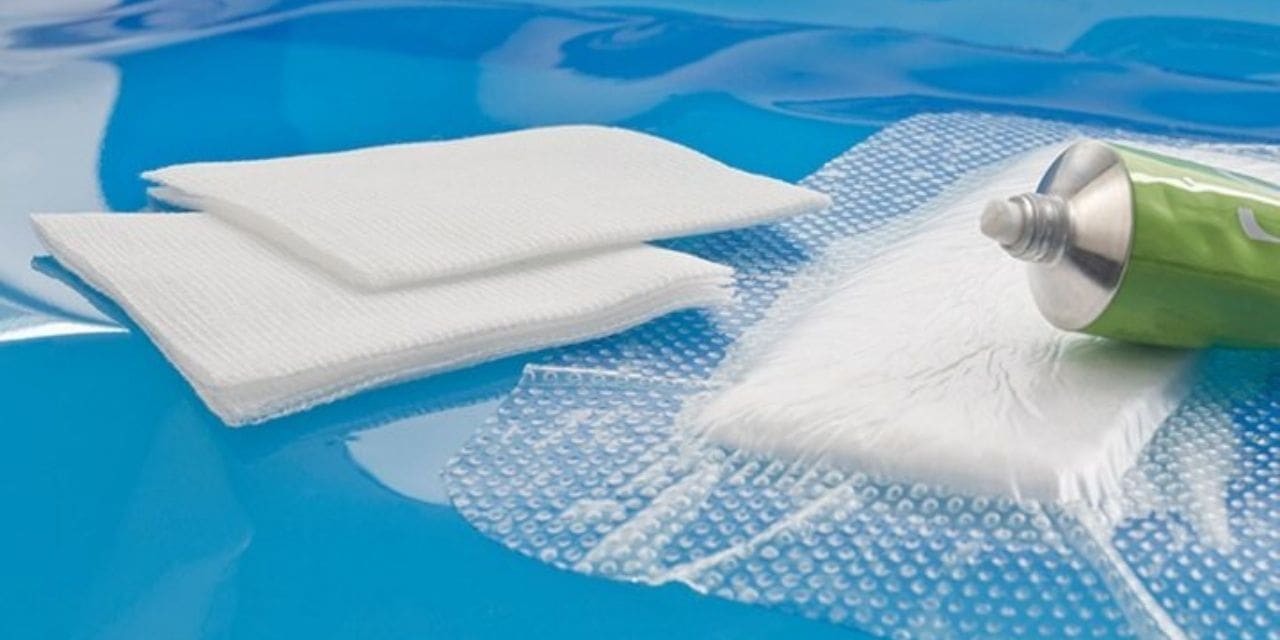How Have Latest Trends in the Medical Foam Industry Revolutionized the Healthcare Sector?
Medical foam is a wound dressing material that is widely used for treating different injuries, cuts, and bruises. Compared to other apparatus, medical foams are softer and lightweight which helps in covering the wound, while at the same time facilitating ventilation to the injury. Along with this, these foams also aid in providing protective packaging for medical devices and instruments. Naturally, the growing expanse of the healthcare sector across the globe has led to an increase in demand for medical foams.
Increasing utility of medical foams in healthcare applications bringing in new opportunities for growth
Traditionally, medical foams were used for padding and cushioning purposes, thereby offering protection and comfort to skin and bones. Also, they were utilized in processes related to the manufacturing of splints and casts. However, in the past few years, with the development of different types of medical textiles, their applicability and demand have expanded significantly. One major trend in the landscape is the increased use of polyurethane foam. Made through a chemical reaction between di-isocyanates and polyols, this material is a flexible synthetic polymer with variable density, firmness, and porosity.
The most important reason behind the growing preference for PU foam is its resilience and durability. This dressing apparatus has high viscoelasticity, i.e., it easily regains its original shape even after compression. This makes these foams ideal for biomedical packaging and manufacturing different products such as mattresses, swabs, and pads. Moreover, PU foams have high shock absorption properties and do not shed fibers even after prolonged use. Due to these characteristics, polyurethane foam is ideal for such applications where maintaining the integrity of the medical devices becomes important.
Along with this, silicon foams are also now being used regularly in the healthcare sector to offer support to prosthetic devices. The biocompatibility and non-reactive nature of these dressing materials make them a preferred choice in wound treatment procedures. Furthermore, they offer higher thermal insulation as compared to other types and even offer protection against UV radiation. Additionally, medical studies have shown that silicon foams demonstrate excellent resistance to bacteria and other pathogens, thus reducing the chances of infection. At the same time, these medical foams also withstand sterilization processes, thereby helping doctors to treat the wound effectively.
Innovations by healthcare companies increasing the revenue share of the industry
As per a report published by Allied Market Research, the medical foam market accounted for $23.6 billion in 2019 and is projected to rise at a CAGR of 6.1% during 2020-2027. The study states that the presence of several multinational giants such as Advanced Medical Solutions Group plc., Technical Foam Services Limited, Draka Interfoam B.V., etc. has played a major role in the rise of the sector. Many such companies have launched innovative products to boost their revenue share in the landscape.
In January 2023, Convatec, a leading healthcare devices manufacturer, announced the launch of ConvaFoam™, a new range of medical foams and dressing materials. These products are aimed at simplifying wound cleansing and other tasks associated with injury management and skin protection. Designed for better adhesive and high fluid handling capacity, these foams help in quick healing, thus providing comfort to the patient. Similarly, in January 2024, Arcutis Biotherapeutics, Inc., a major biopharmaceutical company, unveiled its ZORYVE® (roflumilast) topical foam. The company issued a press statement highlighting that the product has been specifically released for patients suffering from seborrheic dermatitis.
Summing up, technological advancements and innovations in material sciences have led to the development of new types of medical foams. These wound dressing apparatuses are aimed at reducing the chances of infections and inflammation, thereby offering comfort to the patient. The launch of innovative products by major healthcare businesses is expected to create new investment opportunities in the industry.

